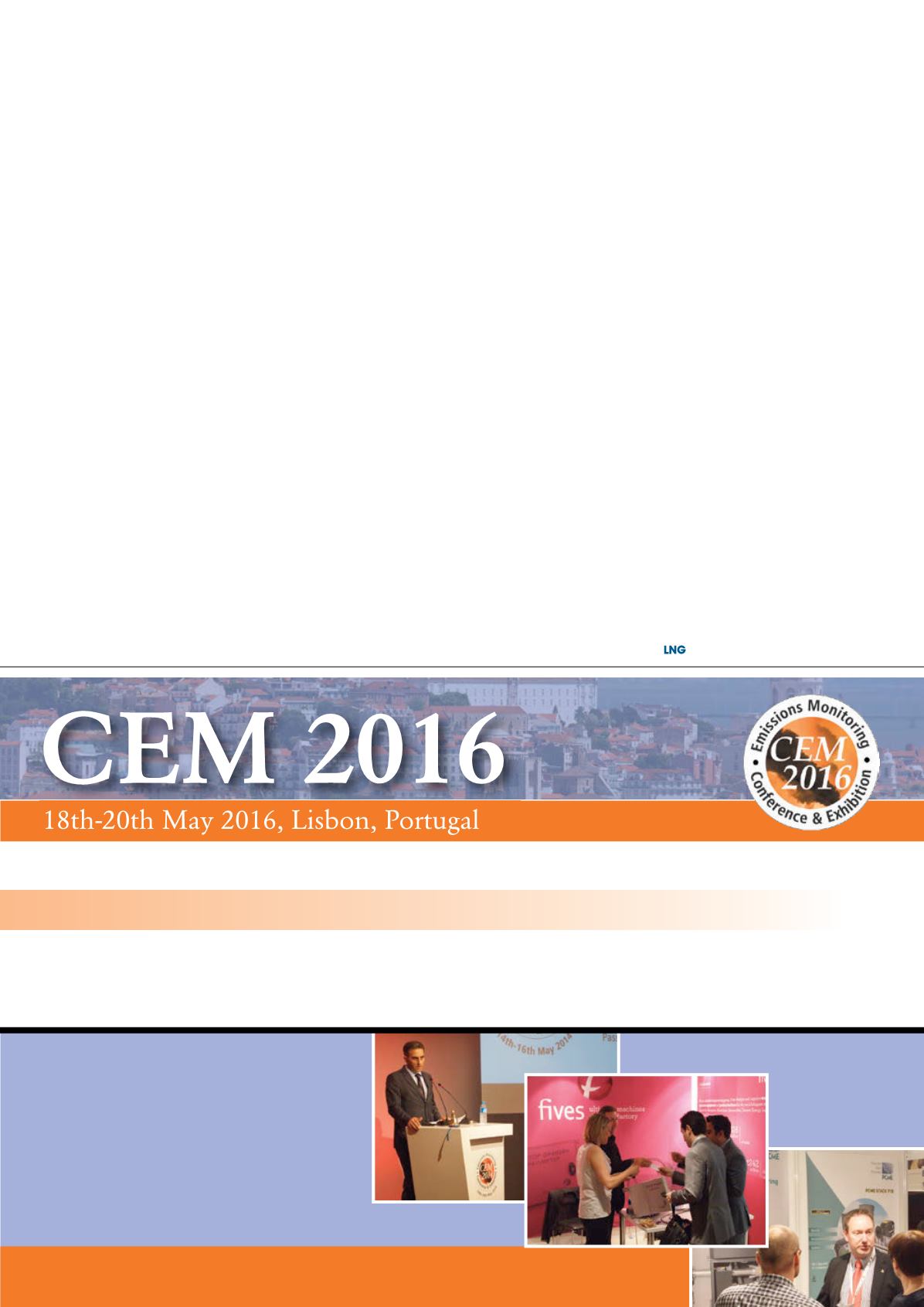
and to continually update it as the design, and its underlying
information, evolve. This adds further value to the principle of
progressive project handover, as the client’s CAPEX team can
begin more effective operability assessment and operator
training while the new asset is still in its project phase.
Strengths compared to review
applications
It is common to use a review application to appraise an
evolving design and to look for features that could impair
operational safety or efficiency. However, such applications
have their limitations. Using a simulation tool enables the
effects of external factors to be assessed. For example, an
emergency isolator that is clearly visible in the idealised
rendering of a review model may be dangerously invisible in
the simulation under the effects of darkness or shadows from
poorly positioned lighting.
AVEVA AVP, unlike a design review application, can also
incorporate equipment objects (such as ladders or barrels) and
moving objects (such as cranes, forklift trucks or boats), as
well as sounds (such as alarms, motors or even explosions).
Major maintenance procedures or emergency responses can
be assessed in a highly realistic manner, while the design can
still be adjusted. The company aims to make the use of
simulation at the design stage as ubiquitous as the current use
of review applications by streamlining the translation from
design model to simulation.
Conclusion
Immersive simulation is set to play an increasingly important
role in the capital engineering industries, particularly as assets
continue to increase in size and complexity. Not only can it
be a valuable component of effective HAZOP analysis and
operator training programmes, it also meets the expectations
of the new generation of engineering professionals who have
grown up with interactive digital technologies. However, such
solutions require much more than just gaming technology if
they are to meet the needs of the engineering industries. They
must be as robust and reliable as the other business-critical
solutions on which these industries depend. AVEVA has
created a reliable platform on which customers can readily
build, maintain and use accurate and realistic simulations of
their assets.
The complexity of floating and onshore LNG assets
demand more efficient project execution techniques if such
challenging projects are to meet cost and time budgets.
AVEVA software can be beneficial for a number of projects,
be it shipbuilders evolving their business model into
offshore, or traditional oil and gas companies. By utilising the
latest advances in engineering software, it is now possible to
design all of the major components of an LNG facility or
vessel in one design environment, wherever the project
teams may be located. This helps to eliminate interface
errors and their resulting rework costs and delays. The ability
to progressively commission the vessel by providing early
access to design and related information also reduces
commissioning time and costs. AVEVA’s tools are used to
design and construct a significant proportion of the world’s
LNG carrier fleet, with industry leaders Hyundai Heavy
Industries (HHI) and Daewoo Shipbuilding and Marine
Engineering (DSME) standardising on AVEVA’s tools. The
company’s decision support and immersive training solutions
are used on several major gas facilities in the North Sea, Gulf
of Mexico and the Middle East.
The International emissions monitoring community will come to Lisbon to network, trade ideas and discuss technology, methods, applications, legislation
and standardisation relevant to all atmospheric pollutants which include particulates, SO
2
, NO
x
VOC, trace elements and greenhouse gases.
CEM 2016
will be ideal for delegates to attend from the Cement, Power, Petrochemical, Waste, Metals and Process Industries. Delegates
will be able to network with regulators, fellow CEM users, manufacturers and suppliers of CEMs equipment and services.
12
TH
INTERNATIONAL CONFERENCE AND EXHIBITION ON EMISSIONS MONITORING
Are you responsible for emissions monitoring in your plant?
TOPICS AT CEM INCLUDE
1. Emission Trading
2. Maritime Directives
3. Fugitive Emission
4. Fine Particulate Monitoring
5. Mercury
6. Standards and Quality
7. Predictive Emission Monitor Systems (PEMS)
8. Industry Case Studies


